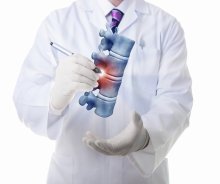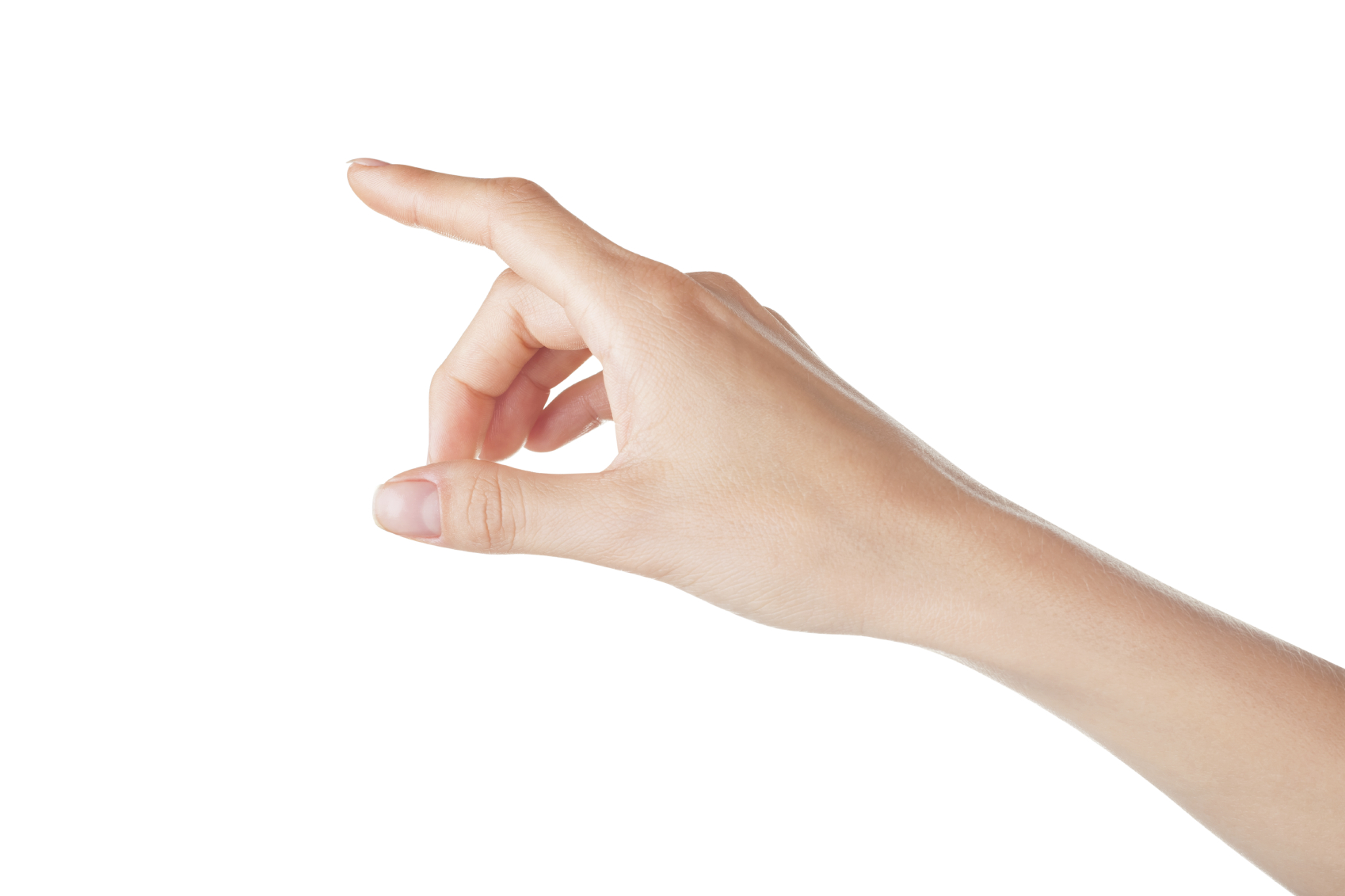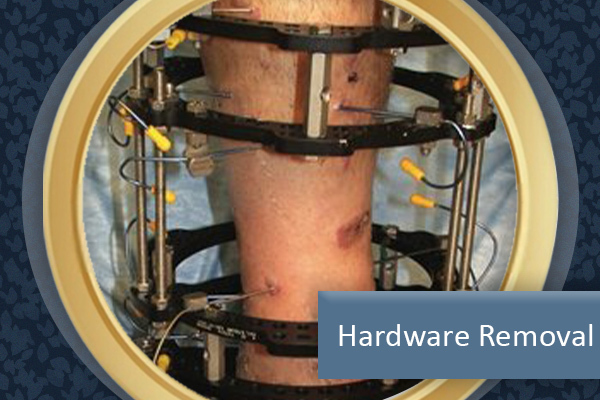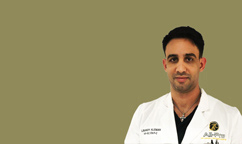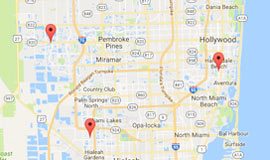Sophisticated Technology for Shoulder Arthroscopy
Arthroscopy is useful for various types of shoulder injury:
- Subacromial Impingement. This painful condition occurs when the acromion (a bony nob on the shoulder blade) rubs against the tendon and the bursa. Sometimes called swimmer’s shoulder, this causes the tendons of the rotator cuff muscles to become irritated and inflamed.
- Acromioclavicular Osteoarthritis. The acromioclavicular joint is where the collarbone (clavicle) meets the acromion, at the tip of the shoulder blade. This joint is the ‘bump’ that you feel at the top of your shoulder. It is prone to arthritis, and is especially vulnerable in patients who do overhead work (such as electricians).
 Torn Rotator Cuff Injury. In the case of a full or partial tear, the rotator cuff tendons are no longer securely attached to the head of the humerus (upper arm bone). Rotator cuff injuries occur to patients using overhead motions (such as pitching a ball) but also because of aging.
Torn Rotator Cuff Injury. In the case of a full or partial tear, the rotator cuff tendons are no longer securely attached to the head of the humerus (upper arm bone). Rotator cuff injuries occur to patients using overhead motions (such as pitching a ball) but also because of aging.- Adhesive Capsulitis also goes by the more colorful term, frozen shoulder. When the shoulder capsule, which is a shallow socket that holds the shoulder blade, thickens and becomes tight, adhesions (thick bands of tissue) develop. While there are different stages of adhesive capsulitis, it’s recognized by the inability to move the shoulder– whether by the patient himself or with assistance.
- Chronic Tendonitis and Tears of the Long Biceps Tendon are indicated by pain in the front of the shoulder. The long head of biceps tendon is a long name for tendons connecting the upper end of the biceps muscle to the shoulder bones. These tissues can become inflamed or irritated.
- SLAP Stands for Superior Labrum Anterior and Posterior. SLAP lesions occur with an injury to the top (superior) part of the labrum (fibrous tissue lining the socket that holds the head of the upper arm bone) where the biceps tendon attaches. SLAP may be caused by a fall with outstretched arm, lifting heavy objects, or overhead motion such as pitching a baseball.
- Shoulder Instability, where the head of the upper arm bone is forced out of the socket, is another common problem. In some instances, the dislocation is only partial; this is called subluxation. Dislocations tend to occur in the front of the shoulder.
Any of the above conditions may be treatable with arthroscopic surgery. Call our Orthopedics Clinic to have a medical evaluation and get started on your recovery.
For general information about arthroscopic shoulder treatment see the National Institutes of Health (NIH) web site.
Common Questions about Shoulder Arthroscopy
What is shoulder arthroscopy?
A shoulder arthroscopy allows the diagnosis and treatment of various shoulder joint injuries, such as frozen shoulder and rotator cuff tears. This technique differs from traditional, open approaches to surgery.
Shoulder arthroscopy aims to restore mobility to your shoulders. Our doctors in our Florida locations are well-trained in shoulder arthroscopy, and they can develop a treatment plan that will work best for you.
Am I a candidate for shoulder arthroscopy?
We may treat some shoulder injuries with arthroscopy. It may be recommended for:
- Torn or damaged cartilage or ligaments
- Shoulder instability
- Torn or damaged biceps tendon
- Torn rotator cuff
- Shoulder impingement
- Bone spurs
- Osteoarthritis
- Inflammation of the lining of the joint
What happens during a shoulder arthroscopy?
A small incision, usually about half an inch in width, is made to reach the injured tendon instead of making a large incision. The surgeon inserts an arthroscope into one of the incisions to see anatomically the injury and surrounding tissue. A video monitor displays pictures, which your surgeon uses to guide miniature surgical instruments.
In a case of a torn rotator cuff injury, surgical tools are inserted into the other incisions to repair damaged tissues and remove scar tissue and bone spurs, which can contribute to its painful symptoms. To fix the torn tendon, our team of doctors in Florida may also use plastic screws and sutures.
What are the main benefits of getting a shoulder arthroscopy?
Since the 1970s, shoulder arthroscopy has made diagnosing, treating, and recovering from surgery more straightforward. With the development of new techniques and instruments every year, shoulder arthroscopy becomes even more effective.
Compared to standard open surgery, arthroscopes and surgical instruments require tiny incisions (cuts) rather than larger ones. As a result, patients experience less pain and can return to their favorite activities more quickly.
Is shoulder arthroscopy painful?
Our doctors in our Florida locations are trained in performing shoulder arthroscopy and provide appropriate recovery programs depending on your condition.
Pain may vary between patients. Our Florida orthopedic surgeons will prescribe painkillers and instructions on how to ice your shoulder to control excessive swelling after surgery.
During therapy, you will be asked to move your shoulder joints to regain full movement of your arm, which may increase the pain level. Over time, it’s recommended to reduce the dosage of your painkillers as needed.
How long is the recovery time from shoulder arthroscopy?
Here at All-Pro Orthopedics & Sports Medicine in Florida, our doctors will work with you to develop a treatment plan best suited to your particular condition.
Recovery from shoulder arthroscopy depends on how closely a patient follows recovery guidelines provided by our specialists in Florida. We recommend post-operative appointments with our specialists in Florida to monitor your progress, assess limitations or errors, and plan long-term care.




